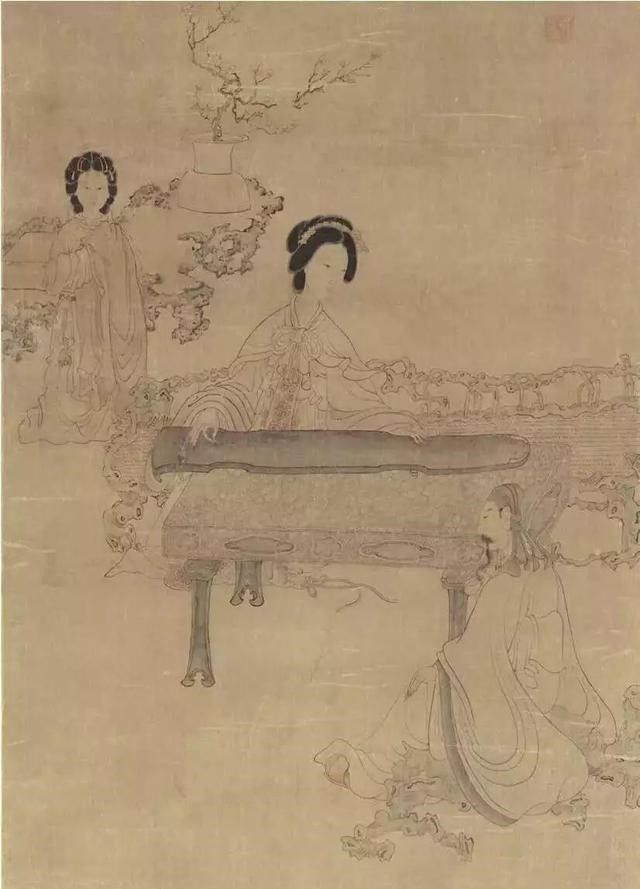The common spiritual wealth of mankind: Guqin
Ancient books record that Fuxi made the qin, and there are legends such as Shennong making the qin, the Yellow Emperor making the qin, and Tang Yao making the qin; Guqin culture has a long history and is extensive and profound.

Guqin is the most lofty musical instrument in Chinese culture. Since ancient times, "qin" has been specifically referred to. In the 1920s, it was renamed Guqin to distinguish it from the piano.
Qin has the sayings that "Scholars do not withdraw their instruments for no reason" and "Zuo Qin and right books". It ranks first among the four arts of traditional Chinese culture, "qin, chess, calligraphy and painting". It is regarded as a representative of elegance, and it is also an accompaniment instrument for literati singing. It has been a must-have knowledge and a compulsory subject for many literati since ancient times. The story of Boya and Zhong Ziqi becoming bosom friends with "high mountains and flowing water" has been passed down to this day; Qintai is regarded as a symbol of friendship. There are a lot of poems and prose in the figure of the qin.

Ming Wen Zhengming's "Picture of Banana Stone Playing the Piano"
There are more than 3360 qin songs, more than 130 qin scores and 300 qin songs. It is mainly spread in the countries and regions of the Chinese cultural circle, such as China, North Korea, Japan and Southeast Asia, and there are also qin clubs organized by qin people in Europe and America. As the earliest plucked musical instrument in China, the guqin is a treasure in Chinese culture and a masterpiece of human oral and intangible heritage.
The objects unearthed from the tomb of Marquis Yi of Zeng in the Eastern Zhou Dynasty are more than 2,500 years old. There are more than 100 kinds of qin scores from the Southern and Northern Dynasties to the Qing Dynasty, 3,000 qin pieces, and a large number of documents on qin artists, qin theory, qin making, and qin art. During the Sui and Tang Dynasties, the guqin was also introduced to the East Asian countries, and was absorbed and inherited from the traditional culture of these countries. In modern times, with the footsteps of Chinese people all over the world, it has become a symbol of oriental culture in the eyes of Westerners.
Guqin music with a long history of 3000 years is the representative of traditional Chinese music culture. In the Song Dynasty, Chen Yang mentioned in the "Book of Music" that "the qin player is the master of music", which expresses the status of the qin in ancient Chinese music.

Ming Chen Laolian "Listening to the Qin"
In November 2003, Chinese Guqin art was included in the second batch of "Masterpieces of Oral and Intangible Heritage of Humanity" by UNESCO.
On May 20, 2006, Guqin art was included in the first batch of national intangible cultural heritage list by the State Council of the People's Republic of China.
 渝公网安备 50010702504639号
渝公网安备 50010702504639号